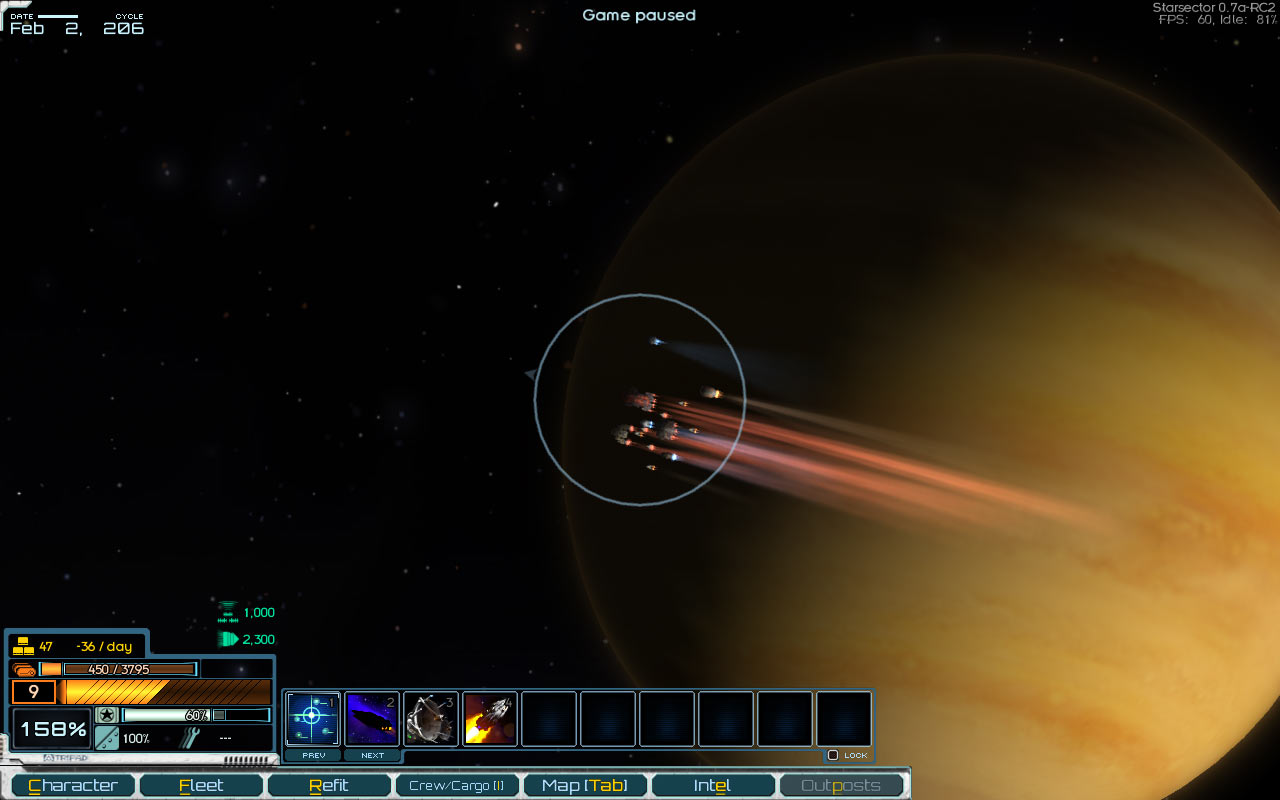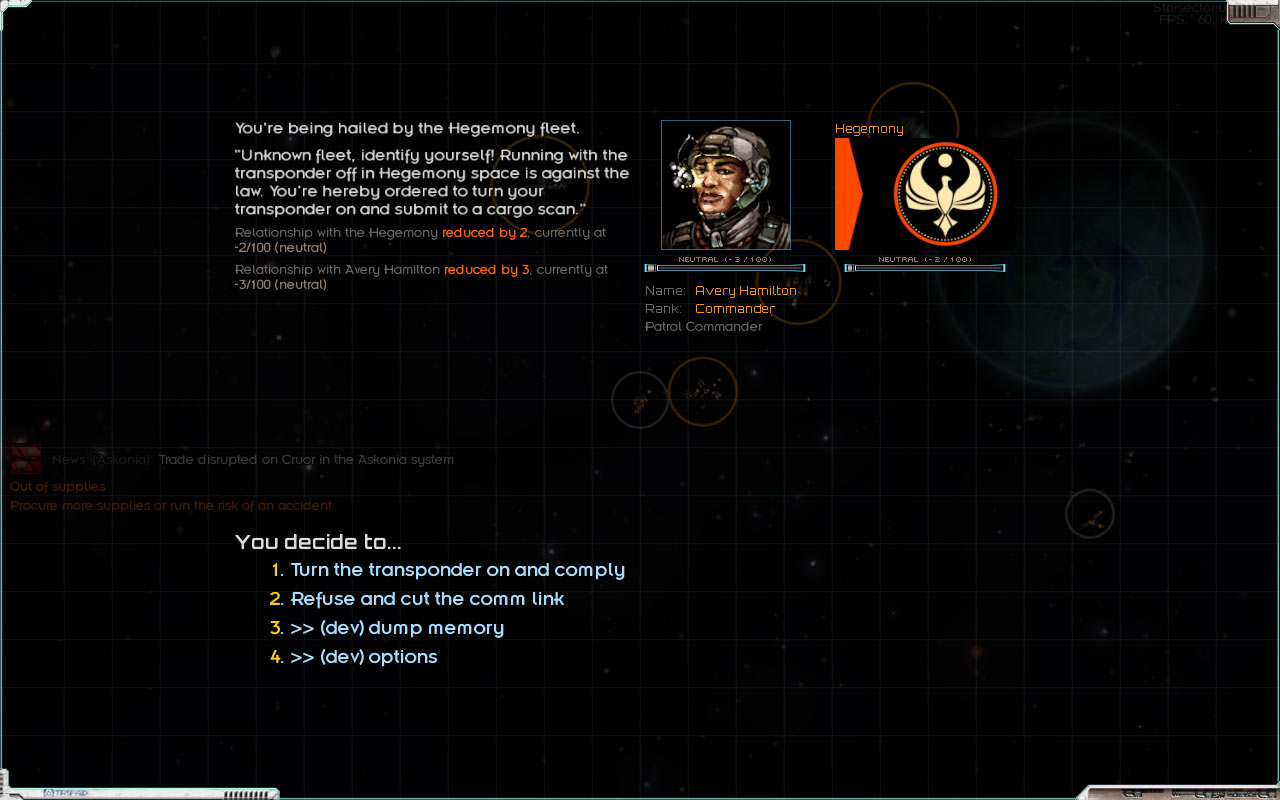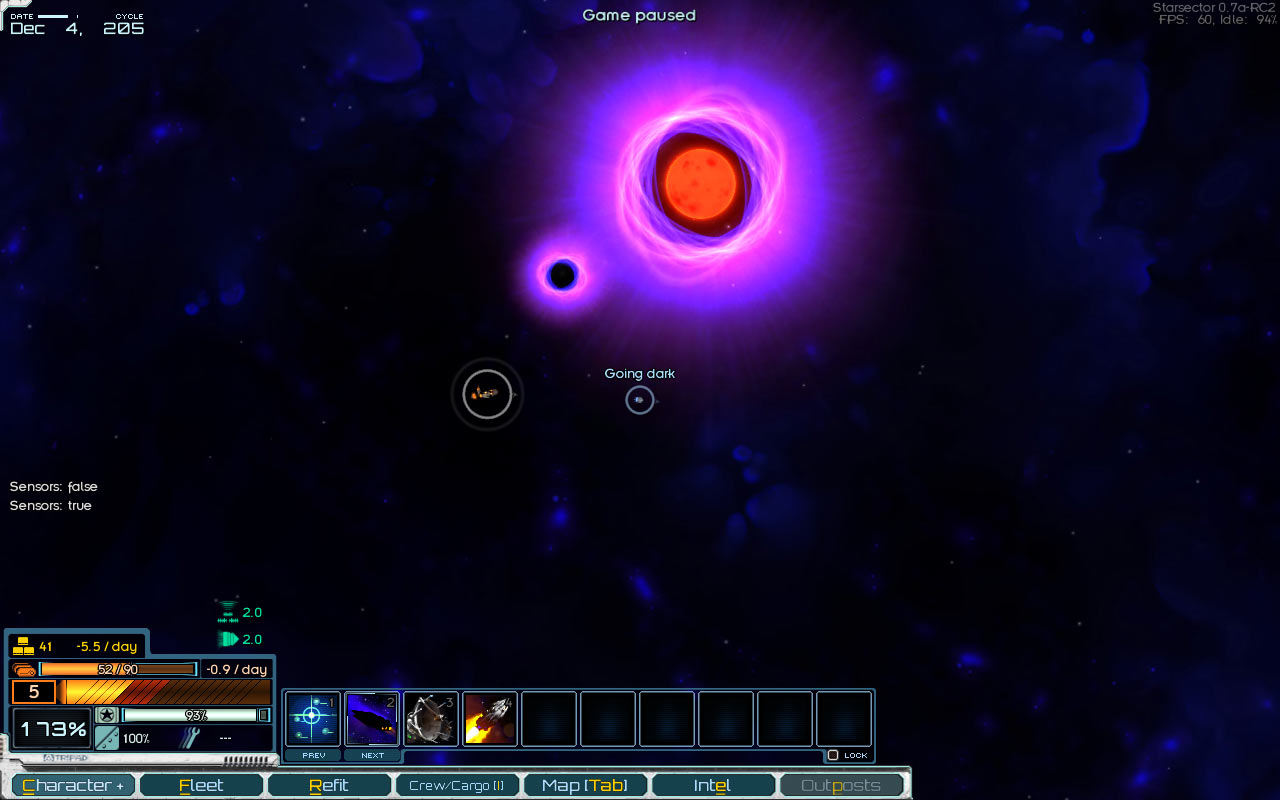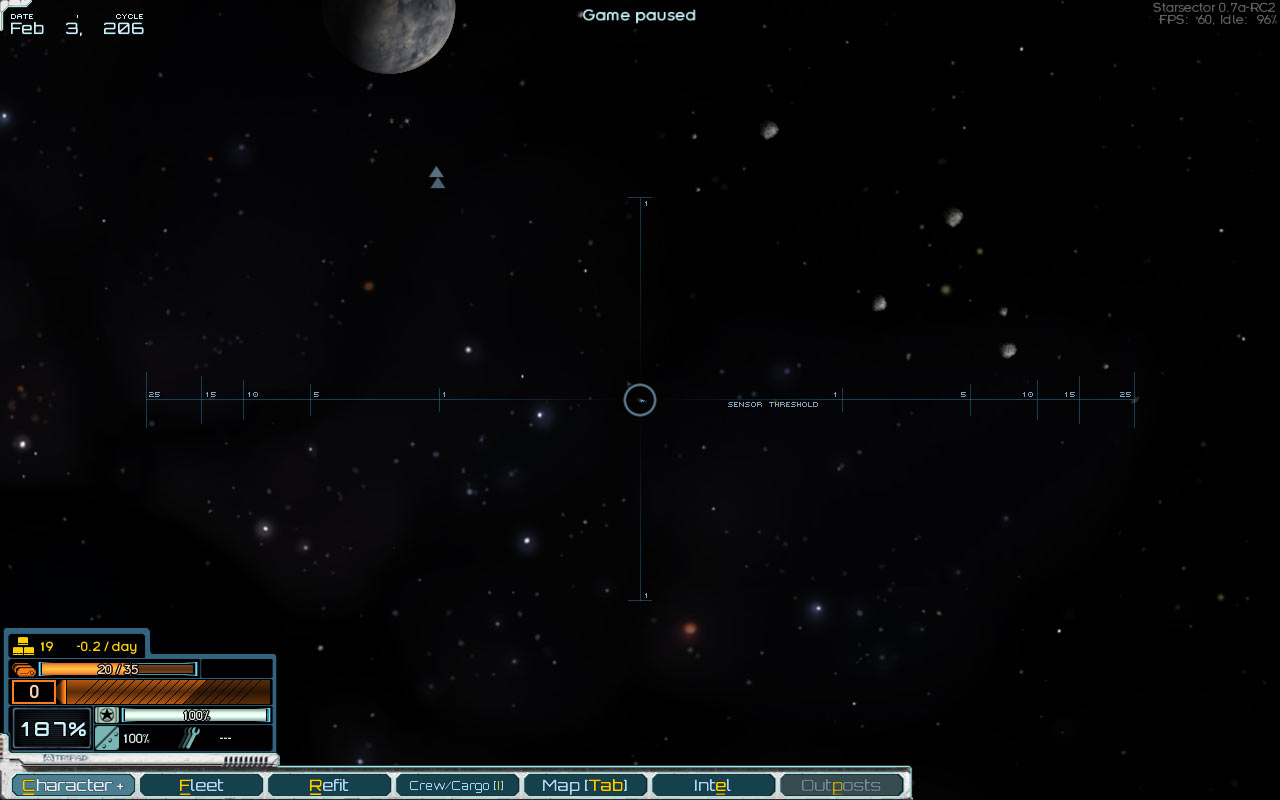The Trouble With Greebles
I started working on Starsector in the middle of 2010, over five years ago. An artist grows and changes in that kind of time. It’s only natural that I’d refine my technique and artistic opinions regarding the art of Starsector. No, I’m not proposing the redraw everything! – just, perhaps, this and that which was inelegantly handled in light of my current experience. This applies to many aspects of Starsector, but in particular let’s talk about greebles.
The artistic (re)thinking the led to this post is entirely inspired by Niklas Jansson‘s writing On the topic of good spaceship design which I re-read every six months or so. I highly recommend reading it along with basically everything on his webpage, particularly his thoughts on making art generally and pixel art if you’re the artistic type. Let me pull a relevant quote from the spaceship design article from Jansson:
Sometimes when I do a design, I find myself filling the remaining last few areas/surfaces with irrelevant nonsense and greeble, and I may think that I can get away with it because I’m happy with the rest of the design. Unfortunately it brings down the overall quality of the design. What could have been contributing is not.
Guilty as charged.
Greebles are little doodads encrusted on spaceships without discernible purpose. At the best they are visual texture which contributes to a sense of scale, or – to borrow from Star Wars – to a sense of a “used universe”, to industrial-grunge aesthetics. I love all of those things. But at worst they are visual noise which muddles artistic intent, or even a crutch upon which to support a design which has a weak overall sense of form and composition. They can be a cheap path to adding visual interest with busy patterns and high contrast. Greebling can be a useful tool, but I’m much more wary now about it than I was five years ago.
I’ve always tended toward greebliness in my sci-fi art. Let me present an example from 2008: I was making a portfolio website totally covered in greebles to show off how cool and greebly I could be. Compare what’s going on here to Starsector ships you can doubtless see a continuity of style:



























